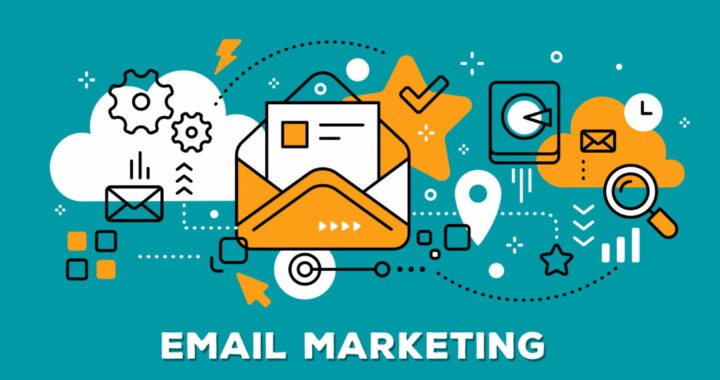Email marketing is a digital marketing technique where businesses reach customers through emails to promote their products, services, or offers. It is a direct and personalized communication method that enhances lead generation, brand awareness, and customer engagement
What is Email Marketing?
Email marketing is a digital marketing technique where businesses reach customers through emails to promote their products, services, or offers. It is a direct and personalized communication method that enhances lead generation, brand awareness, and customer engagement.
Benefits of Email Marketing
- Low Cost, High ROI – Email marketing is a cost-effective strategy that yields high returns with minimal investment.
- Direct Customer Reach – This is a direct marketing channel that allows businesses to connect with customers personally.
- Personalization & Automation – You can send personalized emails based on audience interests and save time using automation.
- Brand Awareness & Loyalty – Regular emails help increase brand visibility and customer loyalty.
- Lead Generation & Conversion – Engaging content and compelling CTAs help generate leads and convert them into paying customers.
Email Marketing Strategies
- Analyzing Target Audience – Understanding your target customers is crucial before launching an email campaign.
- Attractive Subject Line – The subject line should be engaging and attention-grabbing to encourage users to open the email.
- Valuable Content – The email content should be user-centric and valuable.
- Call to Action (CTA) – Every email should have a clear and compelling CTA to prompt user action.
- Mobile-Friendly Design – Since most people check emails on their phones, ensuring mobile responsiveness is essential.
- Utilizing Email Automation – Automated emails make marketing more efficient and effective.
- A/B Testing – Testing different subject lines, content formats, and CTAs is crucial for optimizing results.
Best Email Marketing Tools
If you want to implement email marketing, the following tools can be highly beneficial:
- Mailchimp
- ConvertKit
- Sendinblue
- AWeber
- GetResponse
Conclusion
Email marketing is a powerful and results-driven digital marketing strategy that benefits businesses of all sizes. If implemented correctly, it can boost sales, customer engagement, and brand loyalty. So why wait? Start using email marketing today and take your brand to new heights!



